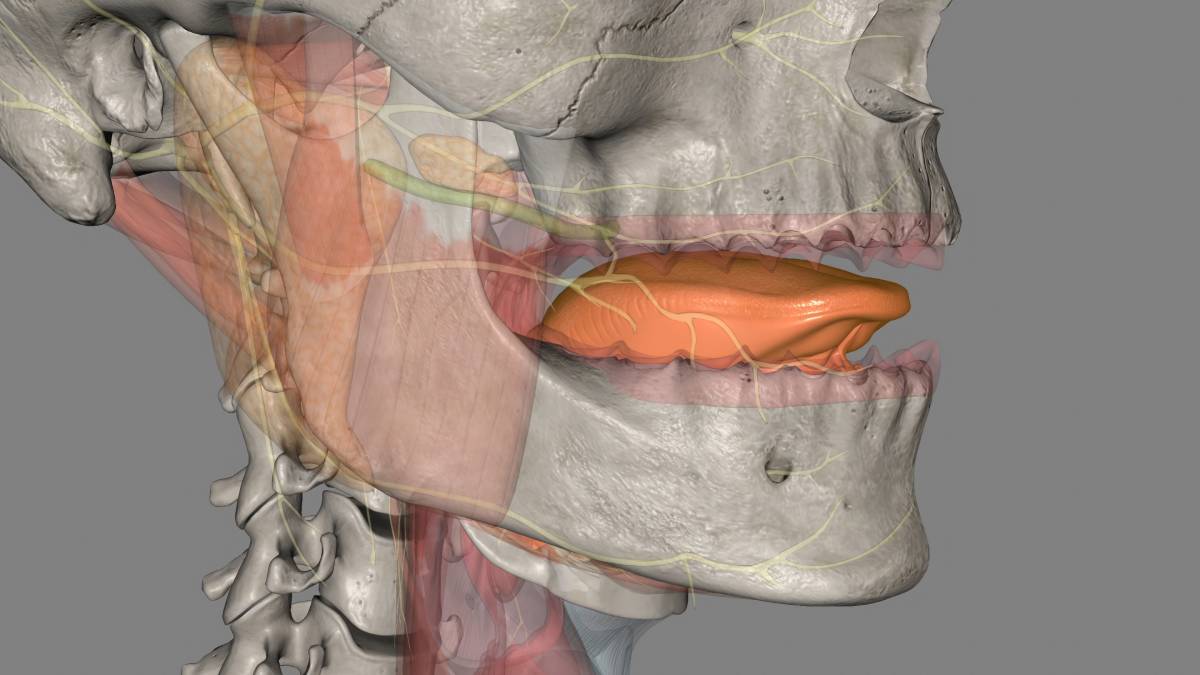Benzodiazepines are a class of medications commonly prescribed to manage anxiety, insomnia, muscle spasms, and other conditions. These drugs are well-known for their calming effects and have a significant role in both general medicine and anesthesia. This article provides an overview of what benzodiazepines are, how they work, and their role in anesthesia to help clarify their uses and benefits.
Benzodiazepines are psychoactive drugs that act on the central nervous system (CNS) to produce a sedative effect. They are often used to treat conditions related to stress, anxiety, and sleep disturbances. The term “benzodiazepine” refers to the chemical structure of these drugs, which includes a benzene ring and a diazepine ring.
Benzodiazepines work by enhancing the effects of a neurotransmitter called gamma-aminobutyric acid (GABA) in the brain. GABA is an inhibitory neurotransmitter that helps regulate brain activity by reducing nerve excitability. When benzodiazepines bind to GABA receptors, they increase the efficiency of GABA’s calming effects, leading to reduced anxiety, muscle relaxation, and sedation.
Several benzodiazepines are frequently prescribed, each with its own specific uses and duration of action. These include diazepam, lorazepam, alprazolam, and clonazepam. Often used to treat anxiety, muscle spasms, and seizures, diazepam (Valium) has a long duration of action. Lorazepam (Ativan) is commonly prescribed for anxiety and insomnia, and has a shorter duration of action compared to diazepam. Alprazolam (Xanax) is known for its quick onset of action, and is primarily used for anxiety disorders and panic attacks. FInally, clonazepam (Klonopin) is used for seizures and panic disorders, and has a longer duration of action and a gradual onset.
In addition to their role in treating anxiety and other conditions, benzodiazepines are also important in the field of anesthesia. Their sedative properties make them useful in preoperative and intraoperative settings.
Benzodiazepines are often administered to patients before surgery to help reduce anxiety and promote relaxation. This can make the overall experience less stressful and can help patients feel more at ease before the procedure begins. For example, midazolam is frequently used for preoperative sedation due to its rapid onset and short duration of action.
In some cases, benzodiazepines are used in combination with other anesthetic agents to induce sedation and amnesia. This combination can help ensure that patients do not remember the procedure, which can be particularly beneficial for minor invasive procedures.
For procedures that require the patient to be awake but relaxed, such as certain diagnostic tests or minor surgeries, benzodiazepines can be used to achieve a state of conscious sedation.
This allows the patient to remain calm and comfortable without the need for full general anesthesia.
While benzodiazepines are generally effective and well-tolerated, they are not without potential side effects. Common side effects include drowsiness, dizziness, and impaired coordination. Long-term use can lead to tolerance, dependence, and withdrawal symptoms if the medication is stopped abruptly. It is important for patients to use benzodiazepines under the guidance of a healthcare provider to minimize risks and ensure proper use. Misuse of these drugs can lead to serious consequences, including addiction and overdose.
Benzodiazepines are a versatile and important class of medications with applications ranging from anxiety management to anesthesia. By enhancing the effects of GABA, these drugs provide significant relief for various conditions and play a crucial role in ensuring patient comfort and safety during medical procedures. Understanding their uses, benefits, and potential risks can help patients make informed decisions about their treatment and care.

